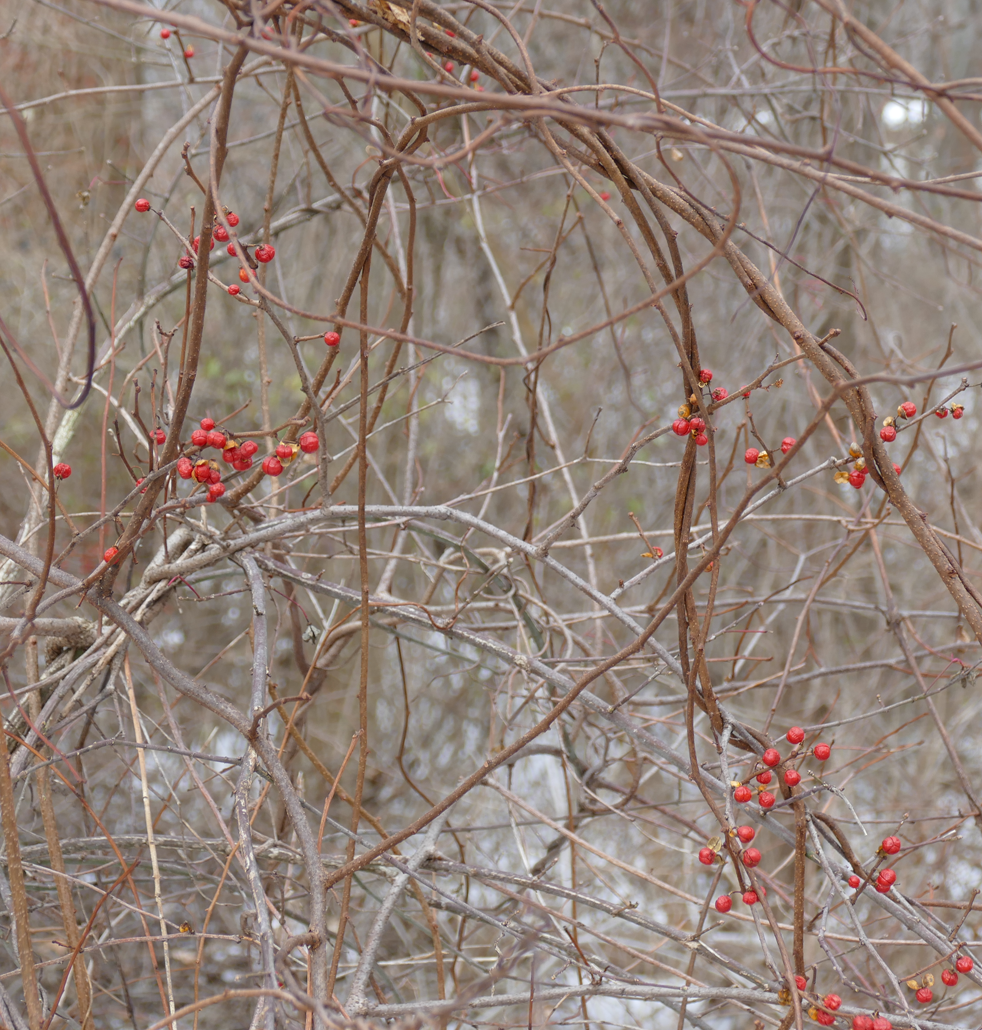
Autumn Olive
Much of our invasive species problem stops at Lakefront drive. North of Lakefront, we have black locust, Lombardy Poplar, some asian bush honeysuckle, and a whole lot of autumn olive. The plants get large quickly are aggressive in overwhelming local species.
Autumn Olive with Berries
Autumn Olive Spring flowers
Lakefront Beverly Shores
-
Autumn olive was introduced to control erosion and provide wildlife habitat. You can tell the plants by their long elliptical leaves that are dark green on top but silvery underneath. The plants have masses of small cream-colored flowers in spring that are followed by pink to red to reddish/purple berries.
-
Besides Lakefront, autumn olive is very common on Beverly Drive and is sprinkled throughout the remainder of Beverly Shores. It won't tolerate damp soil and it prefers lots of sun, so while it is spread throughout the island, it is most common on its sunny edges.
-
Here's what the Nature Conservancy has to say: “Autumn olive is an invasive species that out-competes and displaces native plants by creating a dense shade that hinders the growth of plants that need lots of sun. It can produce up to 200,000 seeds each year, and can spread over a variety of habitats as its nitrogen-fixing root nodules allows the plant to grow in even the most unfavorable soils. Not to mention that it reproduces quickly and with little effort at all.
Birds are quite attracted to the seeds, and will scatter them throughout pastures, along roadsides and near fences. Even attempting to remove autumn olive by cutting or burning from your property can cause unwanted spreading as the shrub germinates easily.”
-
Pull it if small. Cut and treat with herbicide if large. Don't burn or just cut.

